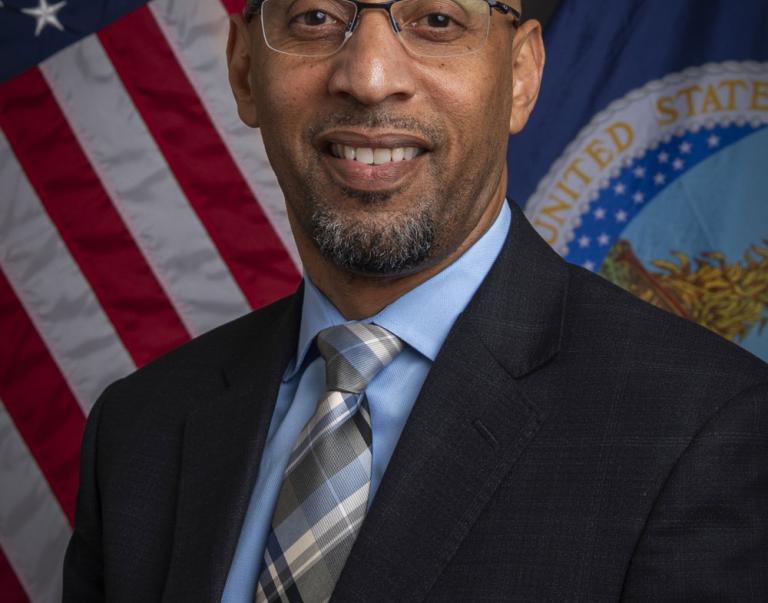WASHINGTON, July 3, 2024 – The U.S. Department of Agriculture (USDA) announced that low-income Iowa residents recovering from the impact of flooding beginning June 16, 2024, could be eligible for a helping hand from the USDA’s Disaster Supplemental Nutrition Assistance Program (D-SNAP).
Agriculture Secretary Tom Vilsack said that approximately 4,000 households that may not normally be eligible under regular Supplemental Nutrition Assistance Program (SNAP) rules may qualify for D-SNAP – if they meet certain criteria, including the disaster income limits and have qualifying disaster-related expenses.
“It is USDA's commitment to ensure that Iowans affected by the recent floods have access to the food they need during these difficult times,” Secretary Vilsack said. “We recognize that the crisis does not end when the rain stops. For many families in these stricken areas, it is just the beginning.”
To be eligible for D-SNAP, a household must live or work in an identified disaster area, have been affected by the disaster, and meet certain D-SNAP eligibility criteria. Eligible households will receive one month of benefits – equal to the maximum monthly amount for a SNAP household of their size – that they can use to purchase groceries at SNAP-authorized stores or from select retailers online to meet their temporary food needs as they settle back home following the disaster. Iowa will operate its D-SNAP application July 8, 2024 through July 13, 2024. The state will share additional information about D-SNAP application dates and locations through local media.
The timing of D-SNAP varies with the unique circumstances of each disaster, but always begins after commercial channels of food distribution have been restored and families are able to purchase and prepare food at home. Before operating a D-SNAP, a state must ensure that the proper public information, staffing, and resources are in place.
Although current SNAP households in the identified areas are not eligible for D-SNAP, they may request supplemental SNAP benefits to raise their allotment to the maximum amount for their household size for one month if they don’t already receive that amount.
The D-SNAP announcement today is the latest in a battery of USDA actions taken to help Iowa residents cope with the flooding’s aftermath, which also include:
- Approval of the Iowa Department of Health and Human Services’ (DHHS) request to waive the 10-day reporting requirement for households impacted by flooding and power outages due to severe storms. The waiver applies statewide and will be in effect through July 16, 2024.
For more information about this and other available aid, callers from Iowa can dial 2-1-1 or 877-347-5678. For more information about Iowa's Food Assistance, visit hhs.iowa.gov/programs/food-assistance/snap
USDA’s Food and Nutrition Service works to end hunger and improve food and nutrition security through a suite of more than 16 nutrition assistance programs, such as the school breakfast and lunch programs, WIC and SNAP. Together, these programs serve 1 in 4 Americans over the course of a year, promoting consistent and equitable access to healthy, safe, and affordable food essential to optimal health and well-being. FNS also provides science-based nutrition recommendations through the co-development of the Dietary Guidelines for Americans. FNS’s report, “Leveraging the White House Conference to Promote and Elevate Nutrition Security: The Role of the USDA Food and Nutrition Service,” highlights ways the agency will support the Biden-Harris Administration’s National Strategy, released in conjunction with the historic White House Conference on Hunger, Nutrition, and Health in September 2022. To learn more about FNS, visit www.fns.usda.gov and follow @USDANutrition.
#
USDA is an equal opportunity provider, employer and lender.


